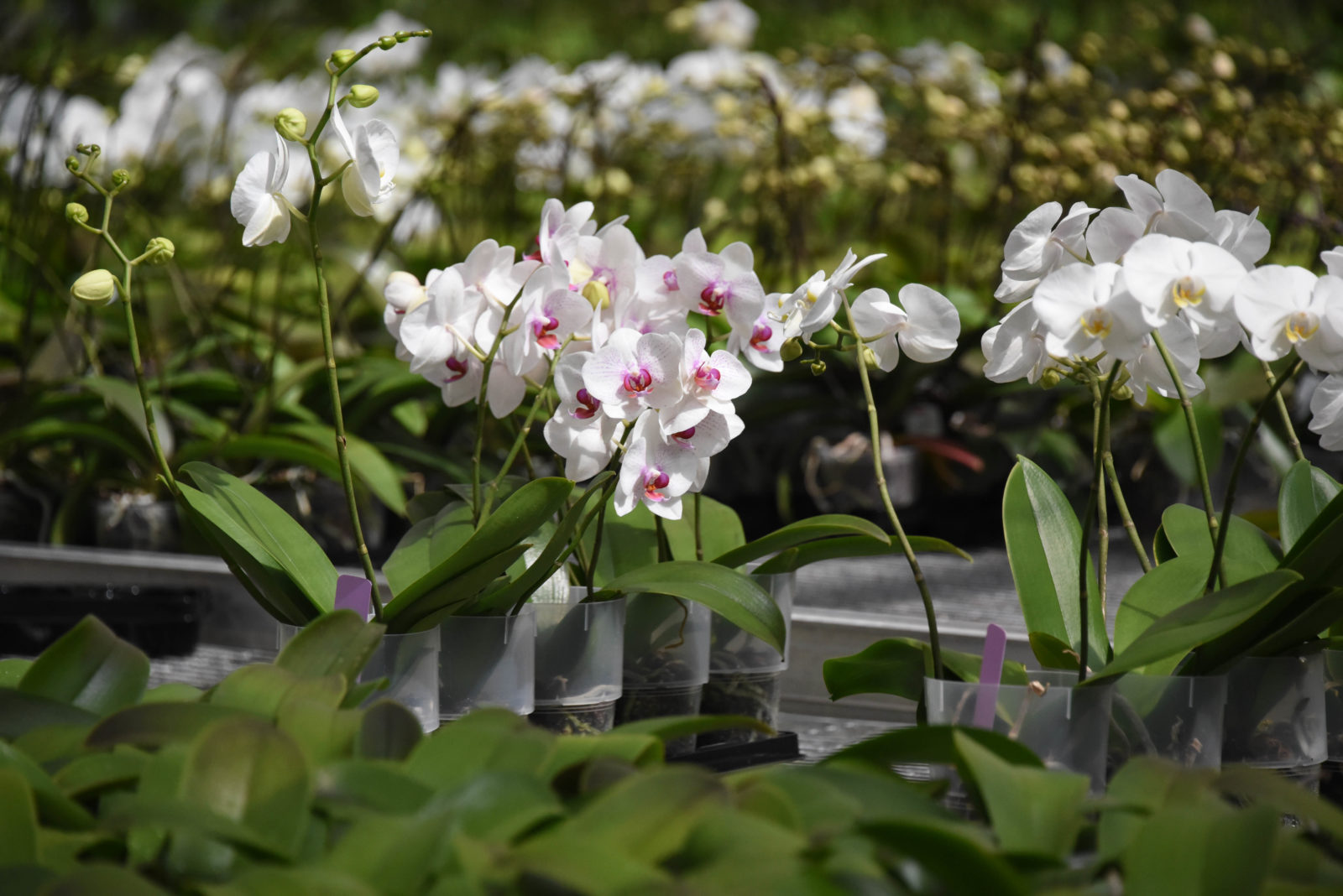Clean the air with indoor plants
In Oklahoma winter can lie heavy on our hearts. Days are shorter. The blowing wind and inhospitable weather never seem to end. People spend too much time indoors. What can help bring us out of a winter funk? Houseplants.
Not only do indoor plants green the house, they also clean the air.
Most houseplants are leafy tropicals that grow well indoors. They can handle low light conditions and are great for everyone, even if you don’t have a green thumb.
In 1989, NASA performed a study on plants that cleaned indoor air. Although it’s an older study, it is still considered one of the most comprehensive and authoritative. It shows which house plants clean the air best of benzene, trichloroethylene and formaldehyde. These chemicals out-gas from common household items like carpets, furniture, drapes, paint, lacquers, paper products and plastics.
Which plants cleaned indoor air best? When shopping, look for these: florist mum, garden mum, spider plant/airplane plant, bamboo palm, english ivy, red-edge dracaena and warneckei dracaena, mother-in-law’s tongue, peace lily (which actually prefers low light) and ficus.
Although there were other indoor plants on NASA’s list, the ones above are those most commonly found in box stores, nurseries and department stores.
Most houseplants die from overwatering so make sure the soil dries out between waterings. I water my houseplants in my kitchen sink to allow pots to fully drain. All containers should have one or more drainage holes to keep soil from becoming waterlogged. Of course, there are different watering schedules for different types of plants. Succulents, like aloe vera, for example, don’t need as much water as a peace lily.
Now, if you want something that blooms and keeps on blooming indoors for a long time, I would suggest orchids. The most common orchids are the Phalaenopsis varieties native to Asia and Australia. You can find them blooming in a variety of colors, including purple, pink, white, red, yellow and green. They’re quite affordable and are sold at grocery stores. I’ve even found them at a warehouse center.
However, if you see a bright blue orchid, know it’s dyed. Orchids bloom from the base to the top of the stem so select ones with only one or two blooms open. Your orchid will bloom for a couple of months or more. Water orchids once a week or every other week. Since tropical orchids are epiphytes and grow in the nooks of trees or on branches, they don’t like their roots to stay wet. In fact, their fleshy roots absorb and hold water. Once the stem is finished blooming, you can cut it back to the second or third node, or leave it as is. If you let nighttime temperatures in your house drop by 10 degrees, it will encourage your orchid to rebloom in a few months.
Also, when thinking of indoor plants, consider forcing bulbs. It isn’t as difficult as you might think. Although many bulbs, like hyacinths, need chilling before forcing, some, like paperwhite narcissus and tropical amaryllis, can be planted, watered and grown producing flowers within a few weeks.
Having indoor plants nearby where you can see their blooms up close is one of the best things about winter. Houseplants herald good tidings during the holiday season and after, keeping the winter blues at bay one bloom at a time.
Sign up for our Oklahoma Living Newsletter



